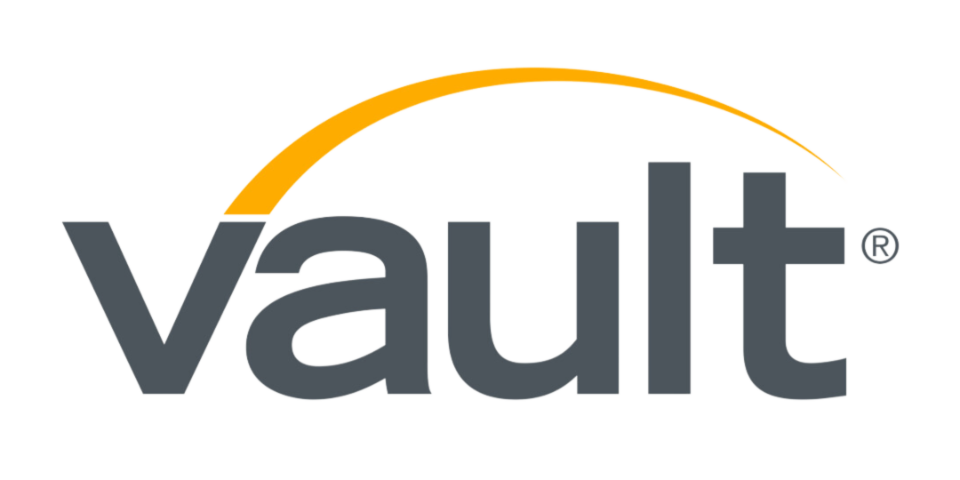6 Ways Your Resume Should Differ from Your LinkedIn Profile
Published: Mar 05, 2019

Although your resume and LinkedIn profile are both important job-search tools, they serve slightly different purposes and are read by slightly different audiences under different conditions. As a result, they should never be identical.
Here, we explore the difference between building a resume and building a LinkedIn profile, and outline six key ways you should set these two tools apart to get the most out of each.
1. Customization
While you’ll only have one LinkedIn profile that does the broad job of presenting your professional persona to the online world, you’ll ideally have a separate resume for every job you applied for, each carefully tailored to fit the requirements of a role.
Profiles aren’t written with a specific position in mind, so yours needs to include enough information to appeal to a wide audience and paint a complete picture of all your various skills and strengths—after all, you don’t want to limit your options by restricting your narrative too much.
Your resume, on the other hand, should feature only information that’s 100 percent relevant to the needs of a specific position and the interests of the hiring manager. That means you should cut out mention of any work experience or skills that don’t relate while playing up those that do. LinkedIn will require some tailoring, as you want to tell a specific story, but not to the same degree as your resume.
2. Length and level of detail
A major difference between a resume and LinkedIn profile is depth. Your online profile is a platform you can use to tell a fairly full and colorful story—one that unpacks your passion for your line of work and details the ins and outs of how you moved through the various roles you’ve held. You can even add extra information about your volunteer experience, published work, and involvement with organizations.
When you write a resume, you don’t have the same luxury of space. Recruiters want to quickly scan this document and get everything they need out of it in a few seconds. So while you still need to present your career narrative, you have to do so in far fewer words (ideally one page) and omit fluff and nice-to-haves. Certain details, like all the technicalities of a major project you supervised, have to be saved for the interview.
3. Supplementary proof
LinkedIn allows you to add attachments, hyperlinks, videos, presentations, skill endorsements, and recommendations from former colleagues. This is simply not possible when submitting a resume. Because you can’t add physical evidence of your abilities to this document, you need to weave in as much concrete, verifiable proof of your value as you can by including numbers to quantify the impact you’ve had on former employers. For instance, if you helped to improve profits at a company, say by how much. If you can tell your story in a compelling way, you’ll hopefully entice recruiters to head over to LinkedIn, where they can find samples of your work and other hard evidence of what you can do for them.
4. Privacy
LinkedIn is a public platform, so anyone in your network has access to all the information you include here. For this reason, you have to be careful about the details you choose to share. For instance, you should never list your physical address or divulge confidential business metrics. Your resume, however, is a private document, so there’s more room to include specific facts and figures that could make a stronger case for your employment. As your resume will only be seen by the recruiter and whomever he or she shares it with, you can also be quite direct about your objectives here. The same doesn’t apply to LinkedIn, where you need to promote yourself more subtly and avoid explicitly stating that you’re actively looking for a new job.
5. Tone of voice
Degree of formality is another key difference between a resume and LinkedIn profile. Your resume is a professional document that’s meant to position you as the polite, respectable employee you are. Make sure this comes across through the language you use, and prioritize formal wording over colloquial phrasings. You should also avoid using first-person pronouns—in fact, you can drop personal pronouns altogether. Professionalism is also important on LinkedIn, but as it is first and foremost a networking site and social platform, a degree of informality is allowed. It would be a mistake not to use LinkedIn to showcase your personality, so make your profile’s language familiar, relatable, and conversational, and feel free to say “I” and “me.” The idea is to give people a sense of who you are so that they feel comfortable reaching out and connecting.
6. Imagery and media
In order to make your LinkedIn profile more personable, it’s essential that you include a professional profile picture. On the contrary, it’s best not to include a personal photograph in your resume so as to protect yourself from bias. In general, your LinkedIn profile can be fairly colorful and dynamic, with the inclusion of additional media, documents, and clips. Your resume differs in that the formatting should be as straightforward as possible so that it’s accepted by screening software and applicant tracking systems (ATS). As this document is a key job application tool, it should tell your story the way recruiters expect to receive it—simply.
If you’re still unsure about the difference between a resume and LinkedIn profile, or if you need extra guidance to compile your resume, take a look at LiveCareer’s free resume examples. A library full of samples, organized by industry and job title, will give you all the inspiration and direction you need to put together a standout document.
Since 2005, LiveCareer has been helping job seekers create resumes and cover letters via its free resume builder and cover letter builder tools. Also available are collections of free, professionally written resume templates and resume samples, all of which are organized by industry and job title.
